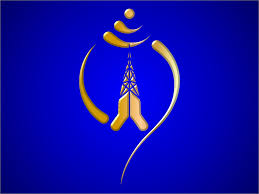NEPAL Telecom (NT) will be replacing more than 500 old mobile towers with new ones in the Valley beginning Wednesday under the project that aims to expand

its capacity to 4.8 million new GSM lines and enhance the quality of network, the company announced on Tuesday. The company will be swapping base transceiver station (BTS) from Kirtipur and Syuchatar areas. The mobile service in the Valley is currently being provided through the towers built by ZTE Corporation, according to the state-owned telecom giant. They will be replaced by new equipment from Huawei Technologies, which has been awarded the contract for upgrading the capacity for 10 million GSM mobile lines. “We have a target to replace all site equipment in the Valley within a month after which customers will be able to experience better quality in voice and data service,” said Guna Kesari Pradhan, spokesperson for NT. She, however, cautioned that cell users might experience some technical problems for a one month. NT has been facing criticism for poor quality voice and data service. According to NT, once all the BTS are swapped, the company will have good quality GSM network that guarantees customers with better quality of service in mobile internet and 3G that will cover the entire Valley for high speed internet. The existing 500 towers built under its old project has a capacity of 3.5 million GSM mobile lines. The BTS in the Valley will be replaced in two lots, first of which will see 265 towers being installed with new site equipment. Once the swapping of towers is completed, the company will also be in a position to distribute new mobile lines and make its convergent with real time billing system ready for GSM lines, said NT officials. Under the new 4.8 million line (package B of 10 million mobile line project) project, NT will have additional 1,039 towers for 2G and 3G service in 508 locations in the Valley. Sangita Pahadi, deputy manager at the NT’s Mobile Service Directorate, said the company was targeting to improve service quality and start distribution of lines under 4.8 million project within September this year. “Since we have a huge customer base in the GSM segment, it is taking some time for making convergent billing applicable,” she said. As per the agreement, Huawei has to complete the package B by June 2014. The package covering Kathmandu Valley and the Western Development Region has a capacity to operate 2G, 3G, and 4G services, whereas package A with a capacity of 5.2 million lines has been allocated for the Eastern, Mid-western, Farwestern and Central regions.
No comments:
Post a Comment